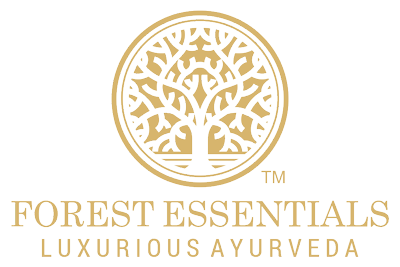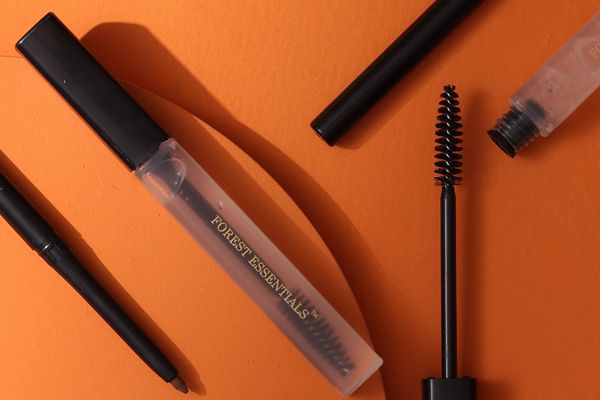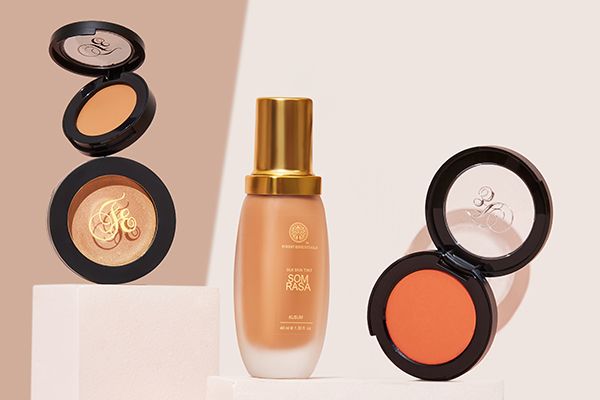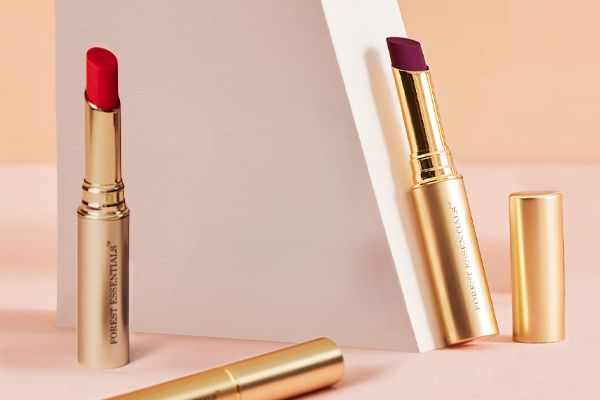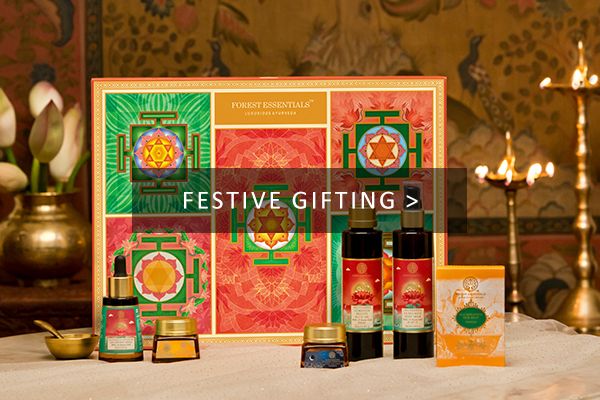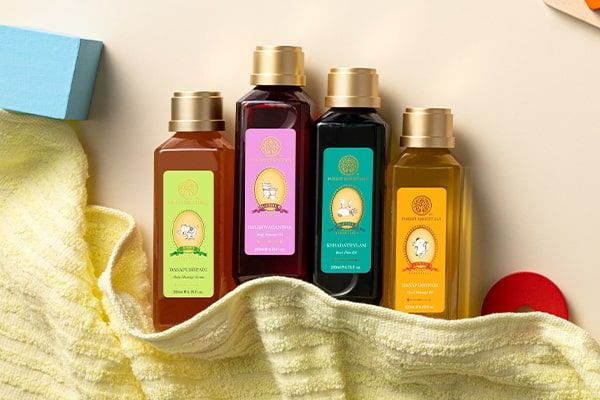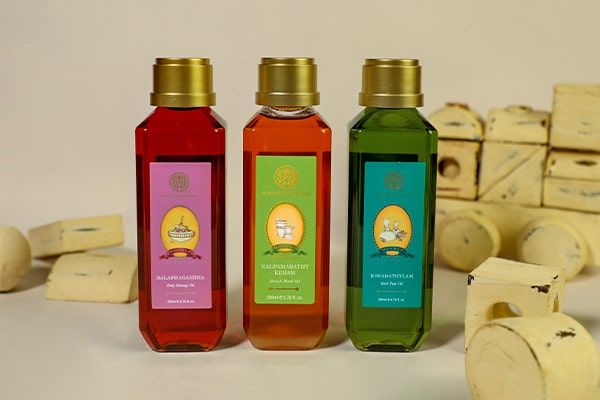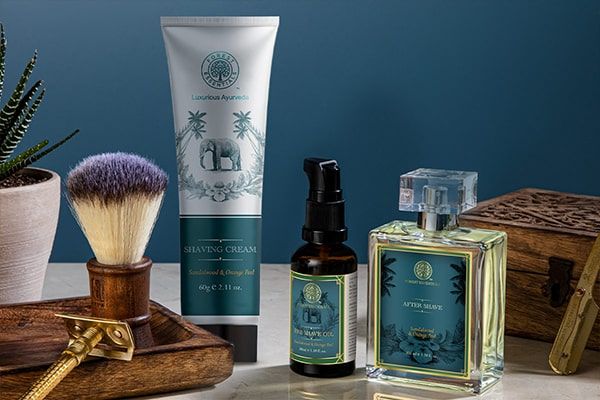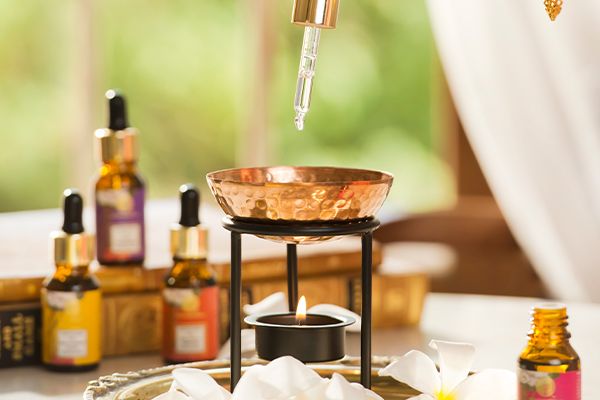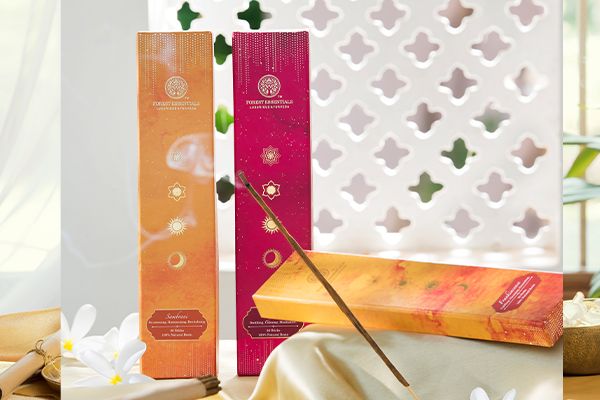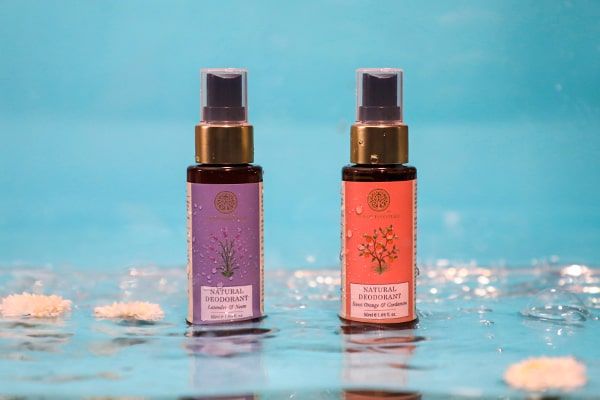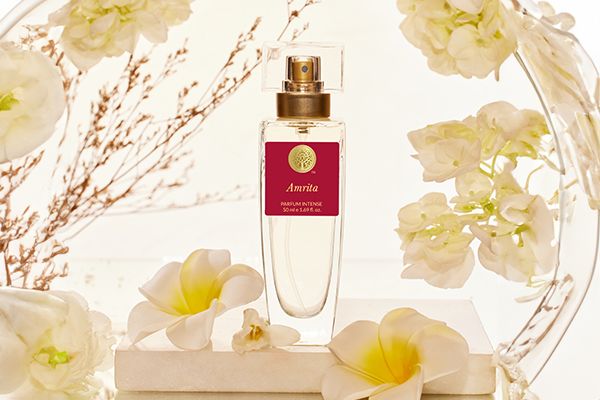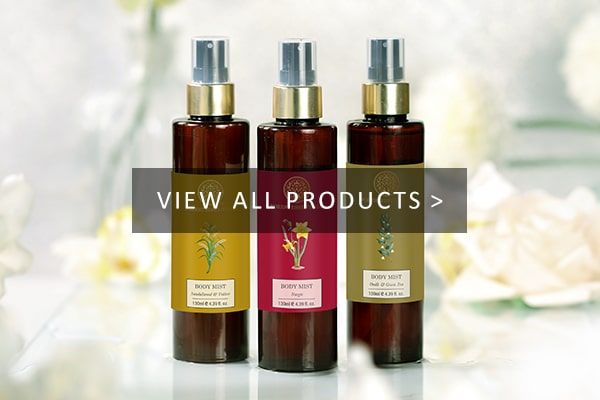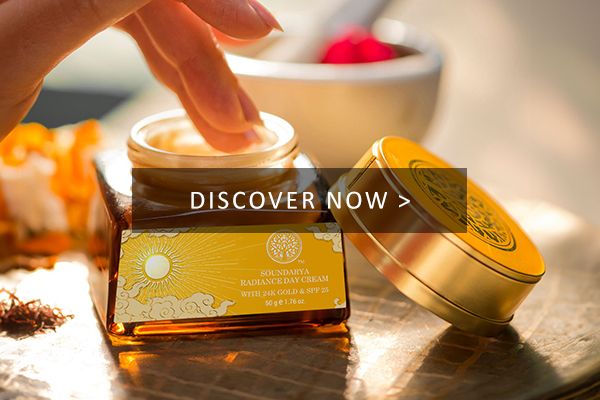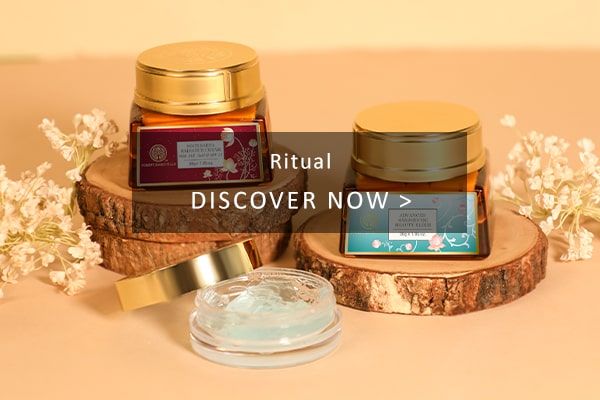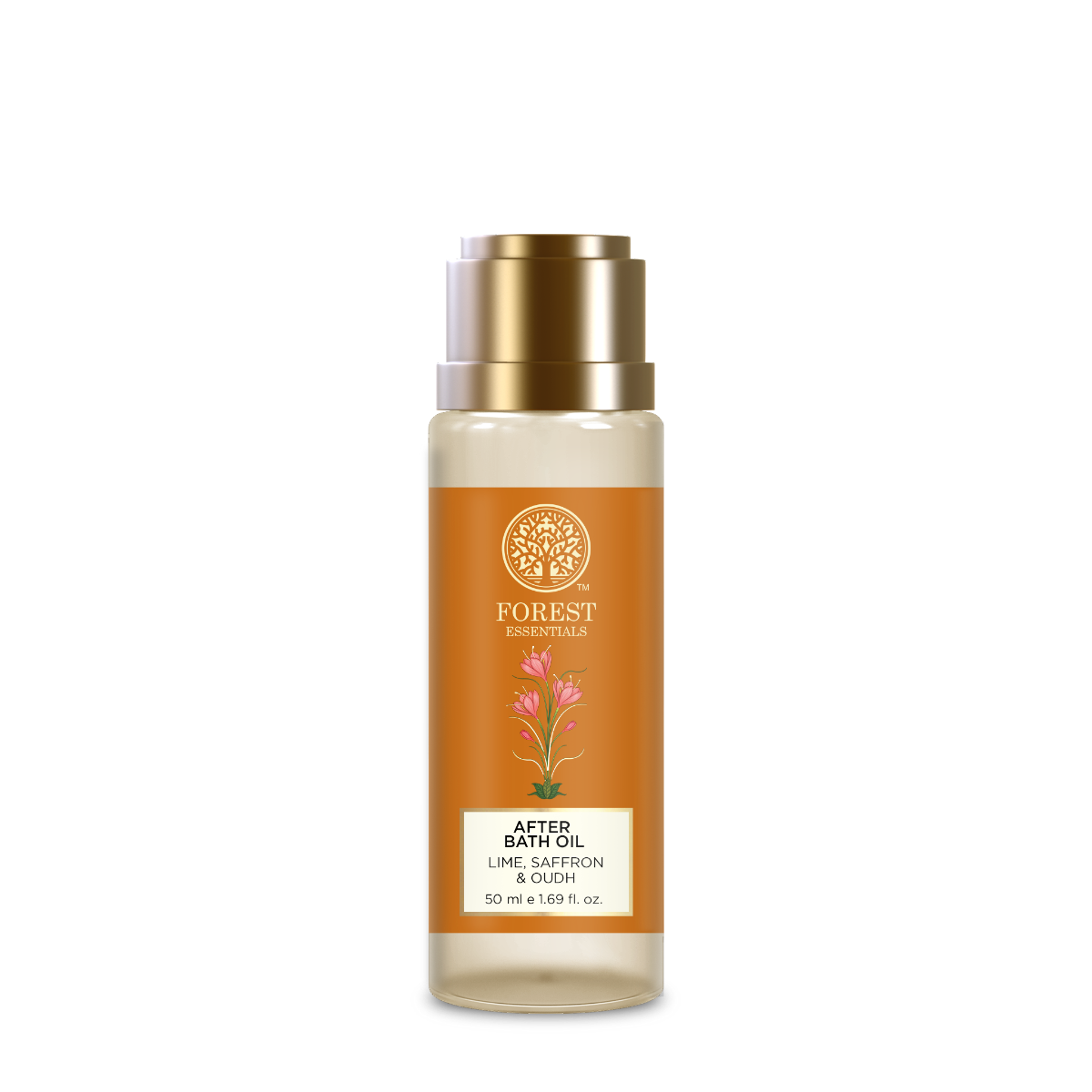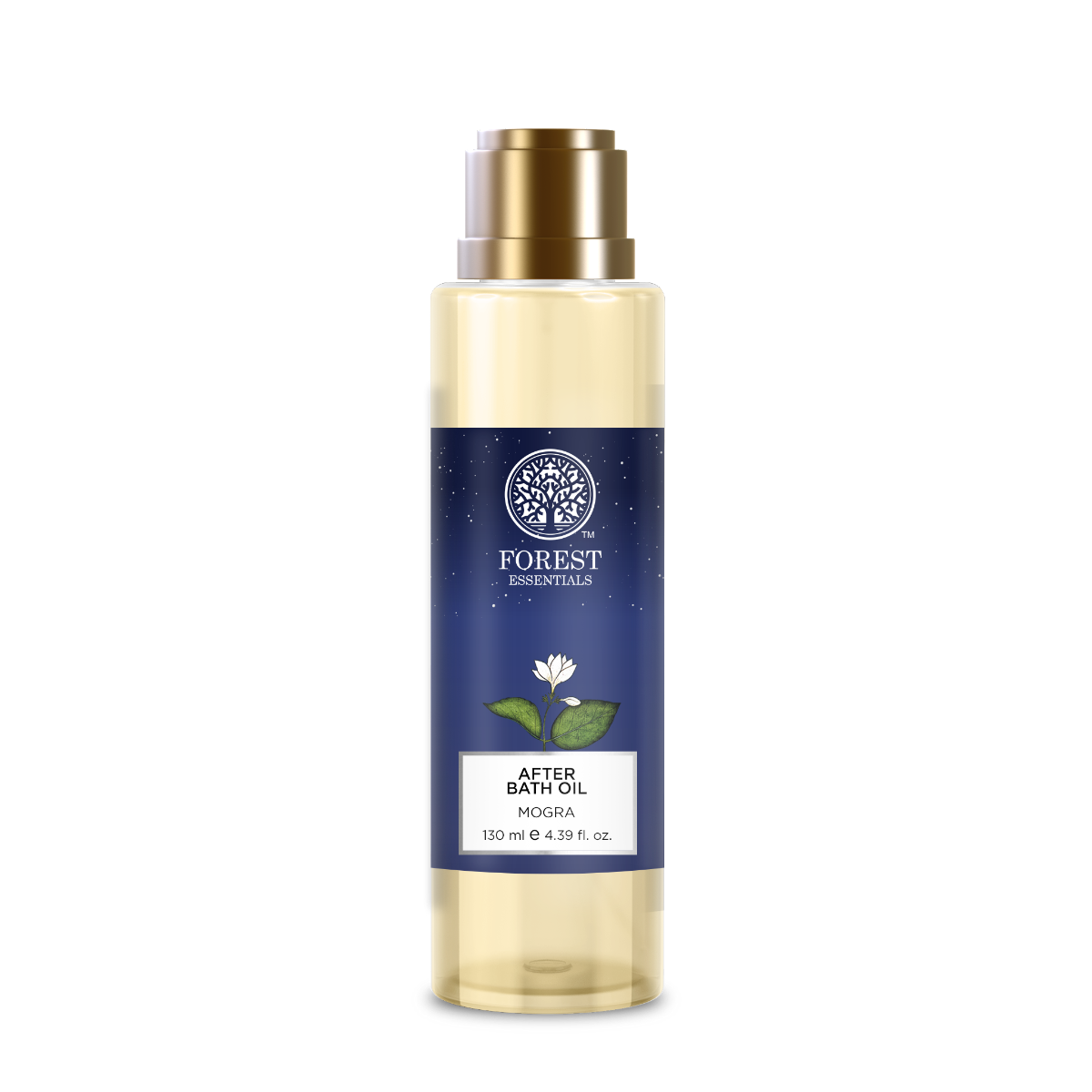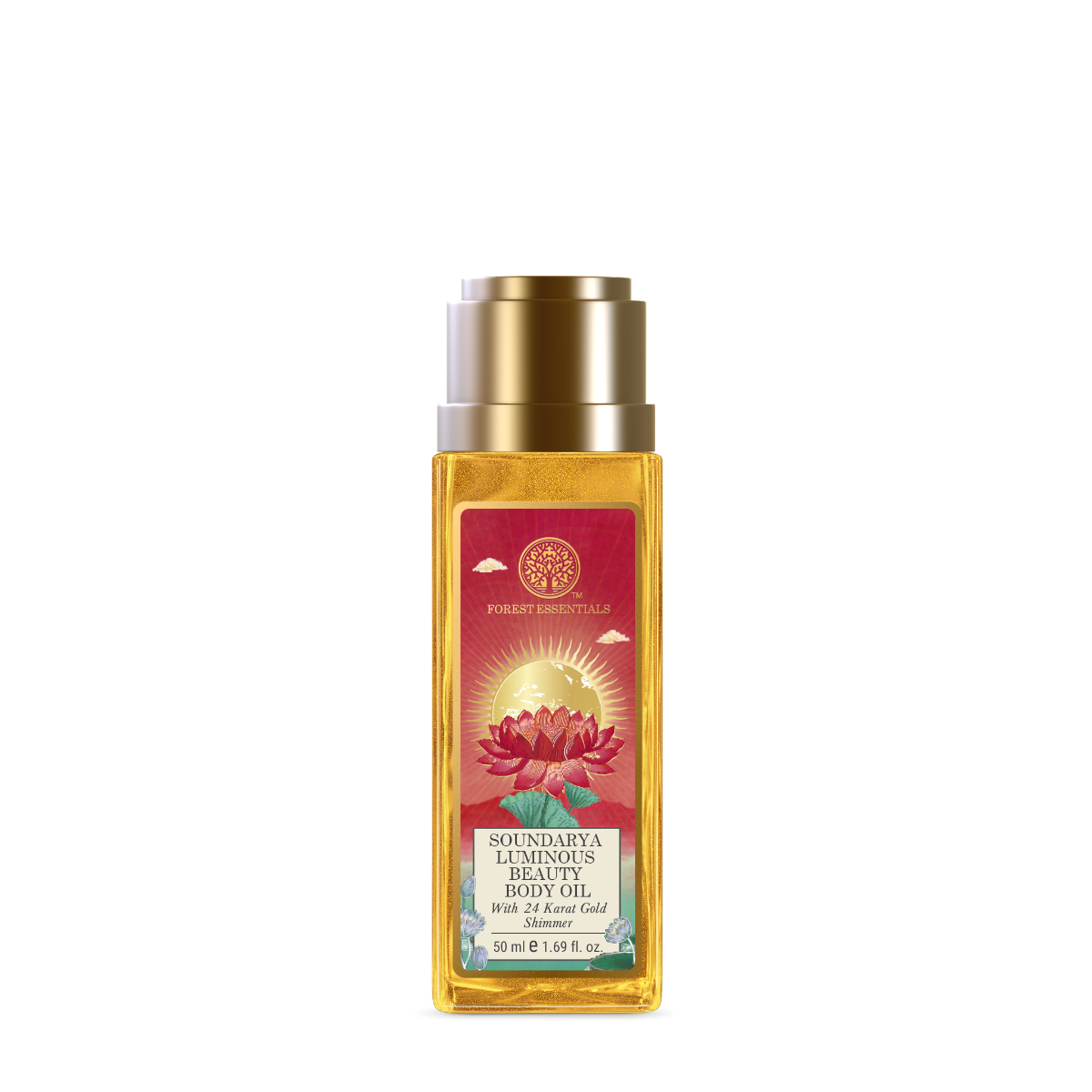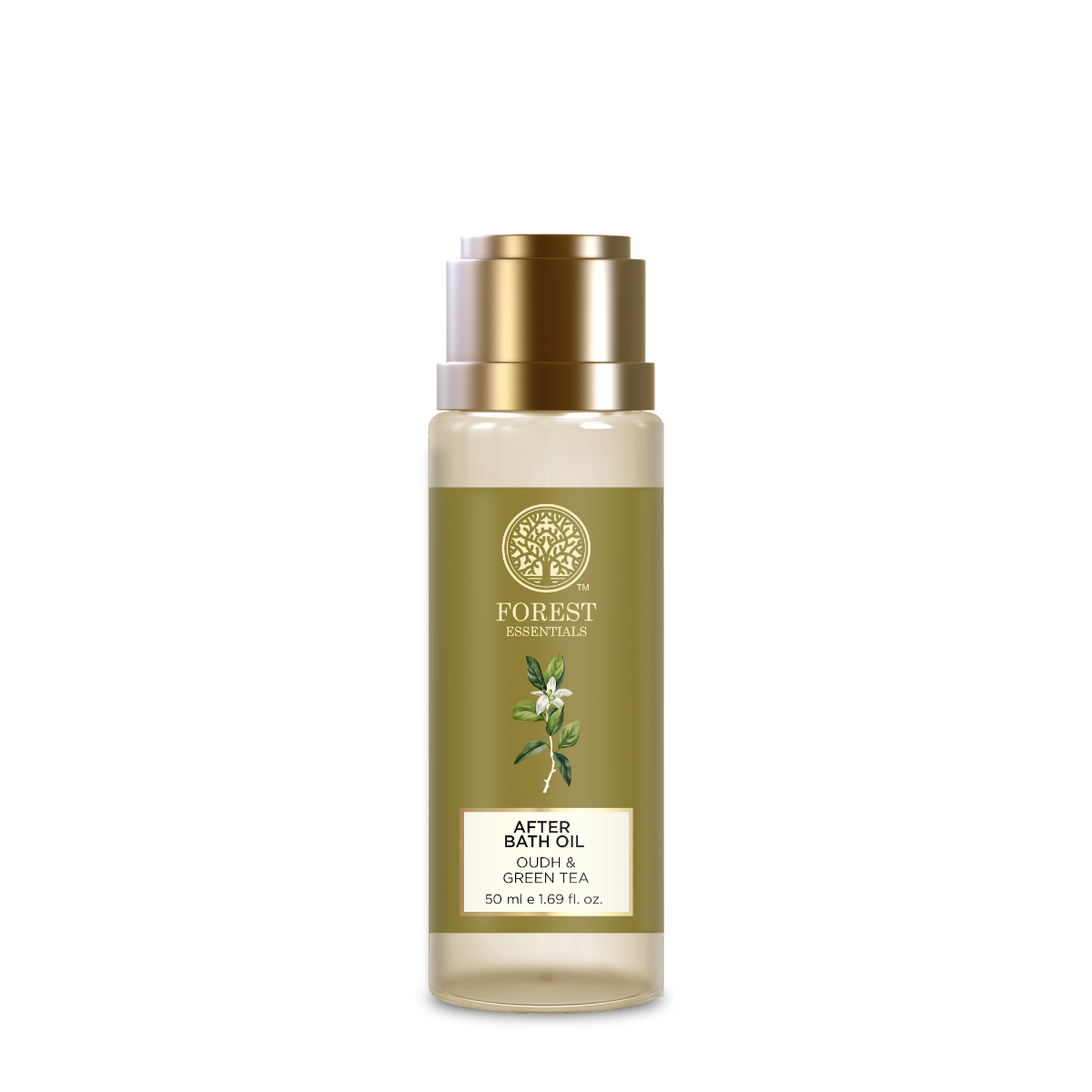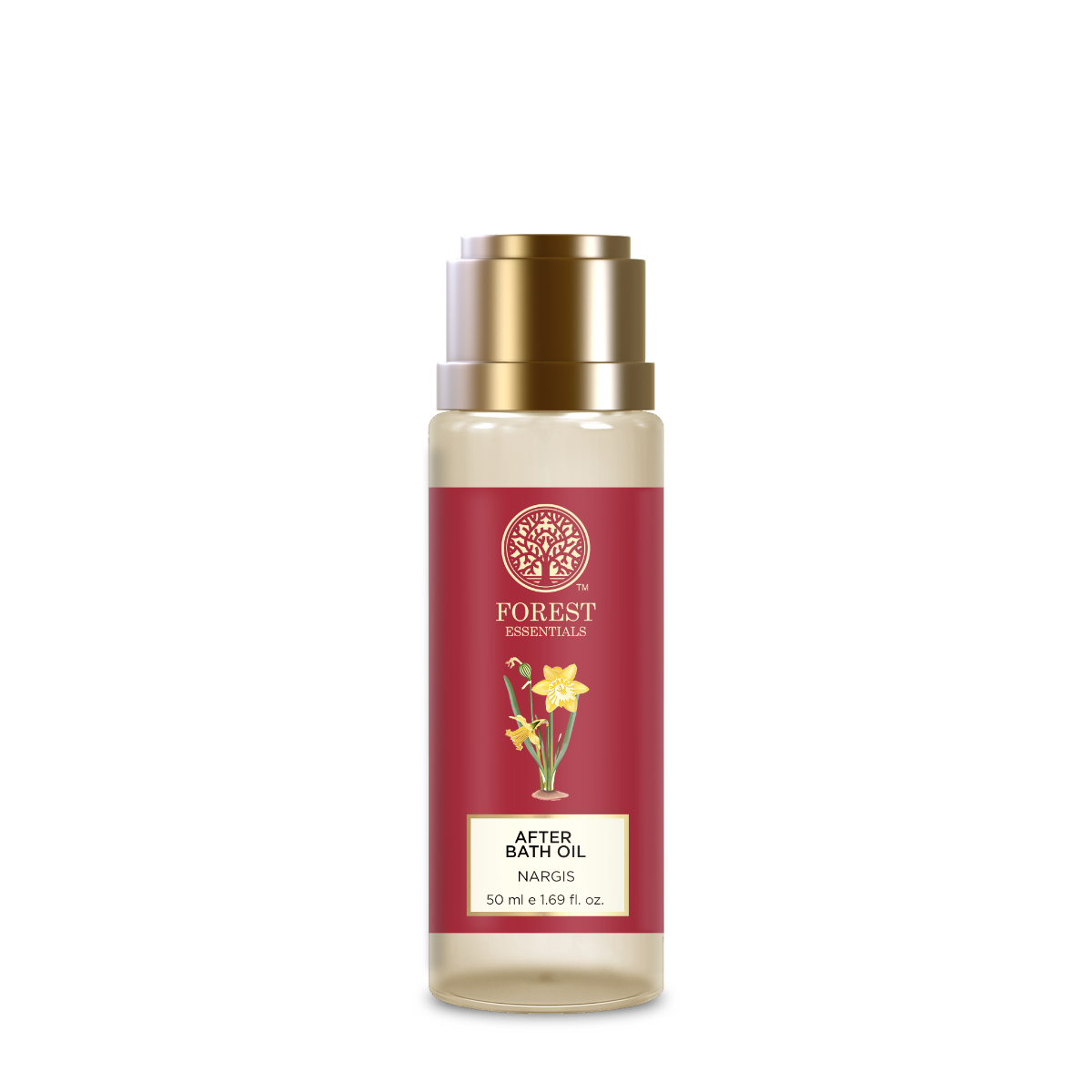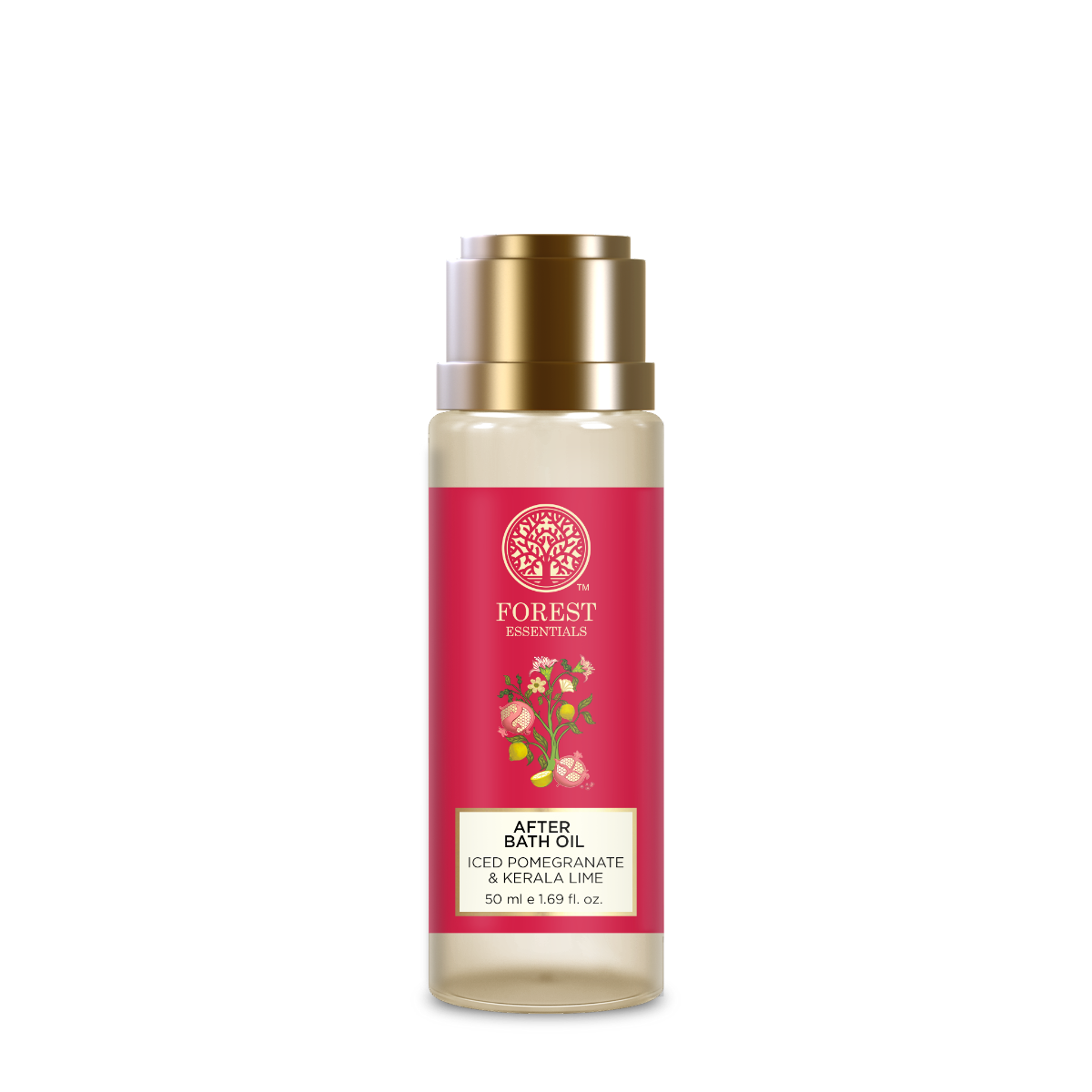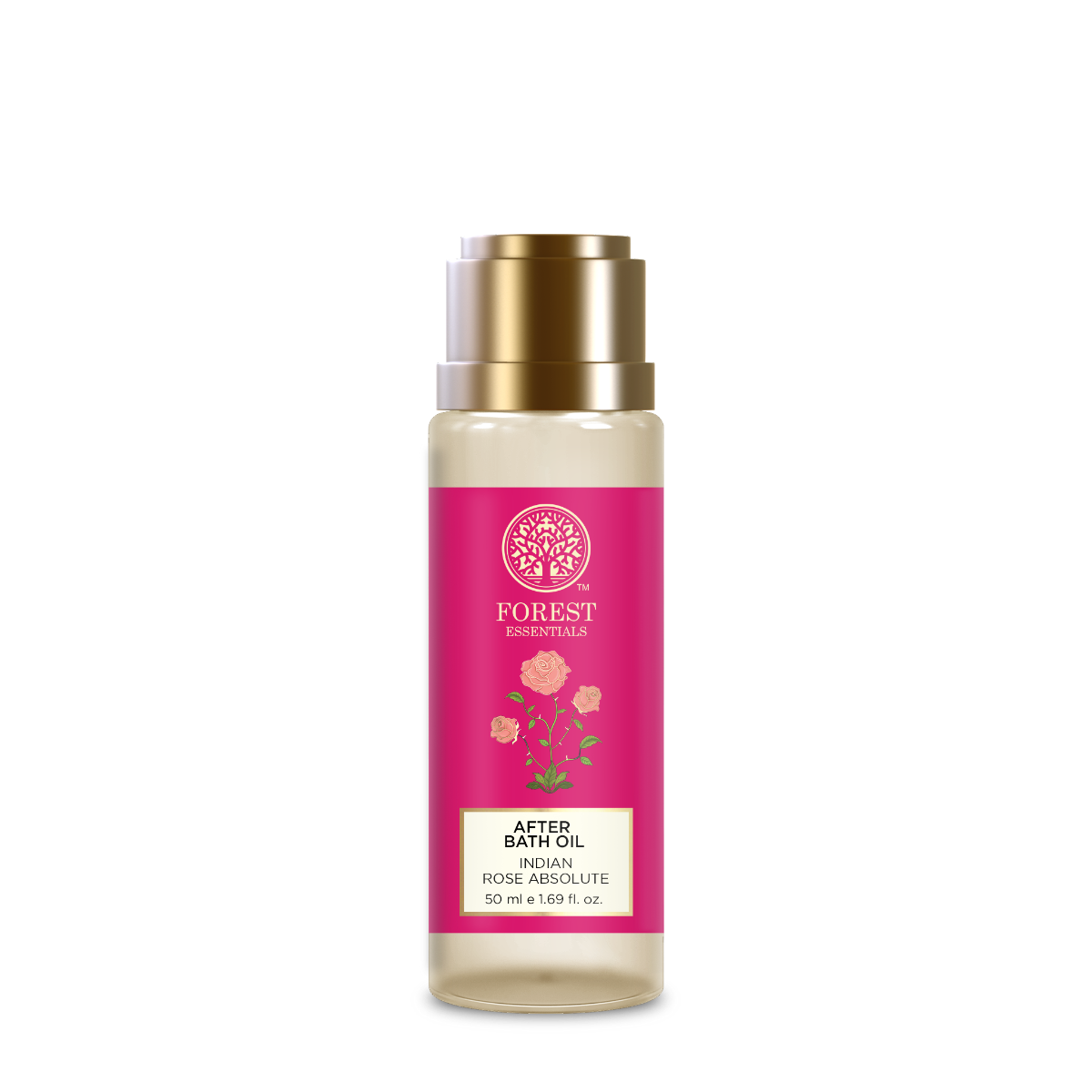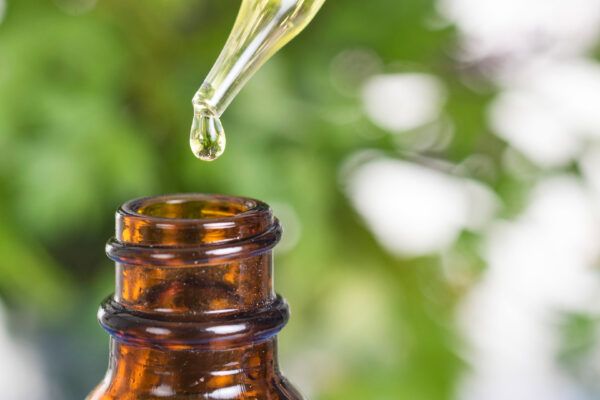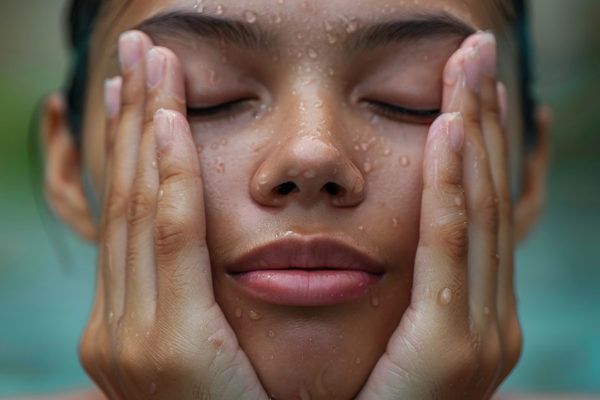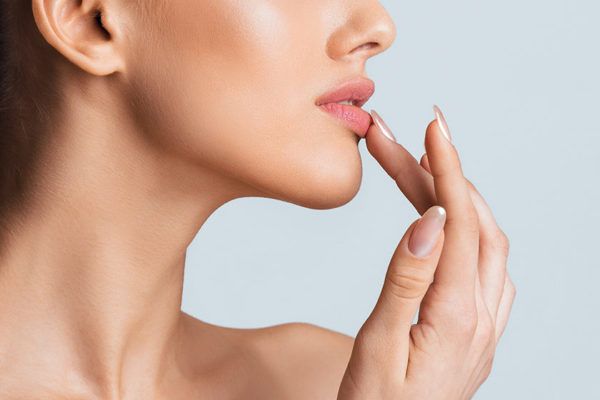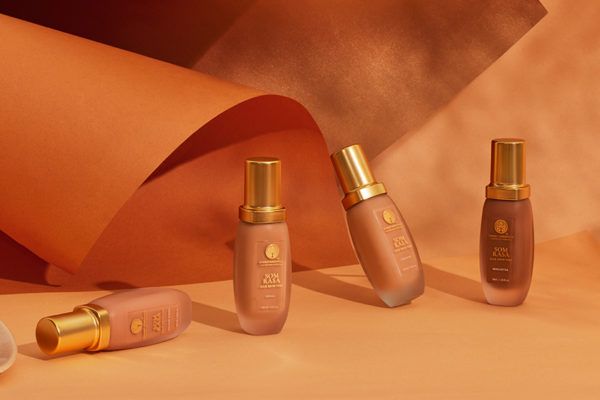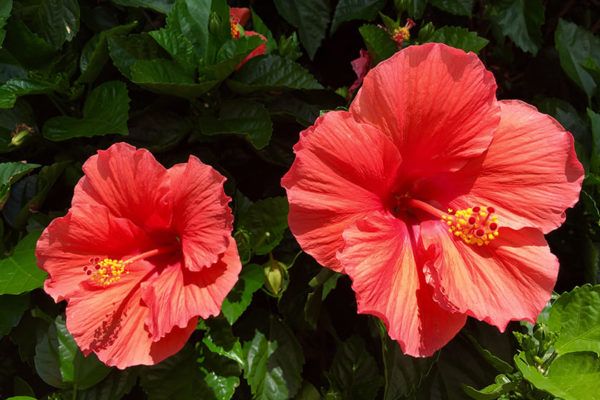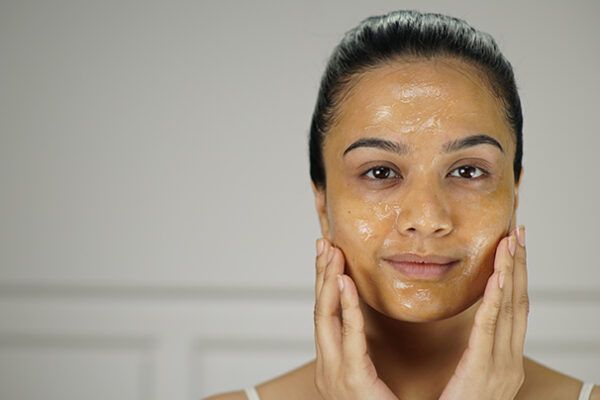Bathing in ancient India was exalted as an elaborate ritual. Archaeologists in Mohenjo Daro have uncovered large, advanced, pool-like structures with elaborate staircases deemed as public baths.
Ayurveda describes bathing as a therapeutic, healing experience that restores physical energy to the body, removes accumulated toxins, sweat and dirt from the skin, and relaxes the mind by balancing one’s emotions.

Contrary to common practice, an Ayurvedic bath does not begin with water but in fact, finishes with it. Read on then to discover more such facts and how to create your very own Ayurveda bath.
The Ayurvedic bathing process starts with a warm oil massage of the entire body. This ensures that the oil penetrates and provides nourishment to the deep layers of the skin. Furthermore, the coat of oil prevents the skin from drying out after the water cleanse that follows.
Opt for pure, naturally distilled and organically grown oils, preferably unprocessed and nutrient rich Cold Pressed oil which serves as the best massage oil. Massage well into, elbows, knees and heels for optimal benefits.

The Vedas read that it is necessary to expel inner toxins before cleansing off outer ones.
For those rushing to start a hectic day of work and who cannot dedicate more than 10 minutes to exercise in the morning, it is recommended to do a round of Kapalabhathi. To begin, sit in Padmasana – the Lotus Pose, with legs crossed over and knees touching the ground. Inhale a deep breath through both nostrils, till you feel your lungs are full with air. Follow by forcefully exhaling so that your stomach pulls inwards. Repeat this process for 5-10 minutes. This generates heat within the body to dissolve out toxins and waste particles.
Daily practice of Kapalabhathi is said to improve the digestive system, balance emotions, and ultimately add a glow to your skin.
Next, use a high quality soap, ubtan or shower gel to cleanse. These can be used with a natural loofah or on their own. Finally, a water rinse of the body can begin. It is advisable to use cool water as opposed to very hot water to bathe so as to cool the oil drenched body’s tissues, especially in hot Indian summers.
After the rinse, end the bath by patting, not wiping, the body with a dry cotton towel. While the skin is still damp, use a body cream or lotion and finish off with a fragrant body mist.
